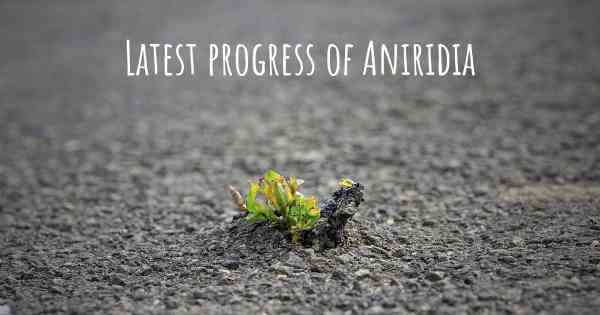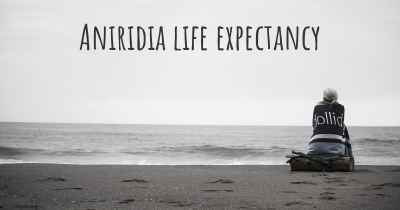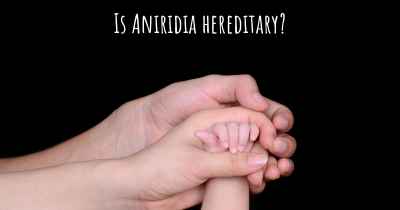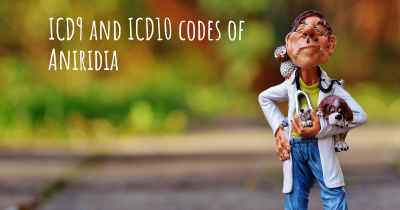What are the latest advances in Aniridia?
Here you can see the latest advances and discoveries made regarding Aniridia.

Aniridia is a rare genetic disorder characterized by the partial or complete absence of the iris, the colored part of the eye. It affects approximately 1 in 50,000 to 100,000 individuals worldwide. Aniridia can lead to various visual impairments, including reduced visual acuity, sensitivity to light, and increased risk of developing other eye conditions such as glaucoma and cataracts.
Over the years, significant advancements have been made in understanding and managing aniridia. These advancements have focused on both the genetic and clinical aspects of the condition, aiming to improve diagnosis, treatment, and overall quality of life for affected individuals.
Genetic Discoveries:
One of the major breakthroughs in aniridia research has been the identification of the PAX6 gene as the primary cause of the disorder. The PAX6 gene provides instructions for the development of the eye during embryogenesis. Mutations in this gene disrupt normal eye development, leading to aniridia. Understanding the genetic basis of aniridia has allowed for more accurate diagnosis and genetic counseling for affected individuals and their families.
Gene Therapy:
Gene therapy holds great promise for the treatment of aniridia. Researchers have been exploring various approaches to deliver functional copies of the PAX6 gene to the affected eye cells. Animal studies have shown promising results, with restored iris development and improved visual function. Although gene therapy for aniridia is still in the experimental stage, these advancements offer hope for potential future treatments.
Stem Cell Research:
Stem cell research has opened up new possibilities for the treatment of aniridia. Scientists have been investigating the potential of using stem cells to regenerate damaged or missing eye tissues, including the iris. By coaxing stem cells to differentiate into specific eye cell types, researchers aim to restore normal eye structure and function. While this approach is still in its early stages, it holds tremendous potential for the future management of aniridia.
Artificial Iris Implants:
Advancements in ophthalmic technology have led to the development of artificial iris implants. These implants are designed to mimic the appearance and function of a natural iris, improving both the cosmetic appearance and light control for individuals with aniridia. Artificial iris implants can help reduce glare, improve visual acuity, and enhance overall visual comfort. Ongoing research aims to further refine these implants and optimize their long-term safety and effectiveness.
Visual Rehabilitation:
Visual rehabilitation plays a crucial role in managing aniridia. Low vision aids, such as magnifiers, telescopes, and specialized glasses, can help individuals with aniridia maximize their remaining vision. Additionally, advancements in assistive technologies, such as screen readers and voice-activated devices, have greatly improved accessibility for individuals with visual impairments. Rehabilitation programs tailored to the specific needs of individuals with aniridia can significantly enhance their independence and quality of life.
Collaborative Research Efforts:
Advances in aniridia research have been made possible through collaborative efforts among scientists, clinicians, and patient advocacy groups. These collaborations have facilitated the sharing of knowledge, resources, and patient data, accelerating the pace of research and discovery. By working together, researchers can pool their expertise and resources to tackle the complex challenges associated with aniridia, ultimately leading to improved understanding and management of the condition.
In conclusion, the latest advances in aniridia research encompass genetic discoveries, gene therapy, stem cell research, artificial iris implants, visual rehabilitation, and collaborative research efforts. These advancements offer hope for improved diagnosis, treatment, and quality of life for individuals with aniridia. While there is still much to learn and develop, the future looks promising for those affected by this rare genetic disorder.
Posted Sep 16, 2017 by Loana 1701








